Quickly build a new banking system to stabilize the economy
Realizing the Party Central Committee's policy of urgently reforming the banking system, expanding the operations of the State Bank and professional banks to serve production and business, and eliminating the private banking system, immediately after taking over, the revolutionary government quickly reformed the old system and built a new banking system.
The first step was the issuance of Decree No. 04/PCT-75 by the Provisional Revolutionary Government Council of the Republic of South Vietnam on June 6, 1975, establishing the National Bank of Vietnam. The Decree stated: “The National Bank of Vietnam is the central agency of the Provisional Revolutionary Government Council of the Republic of South Vietnam, responsible for reforming the old banking system, building new banks, organizing the implementation and centralized and unified management of the State's credit policies, currency issuance, payment, State budget management, foreign currency management, precious metals, gemstones and international payments”.
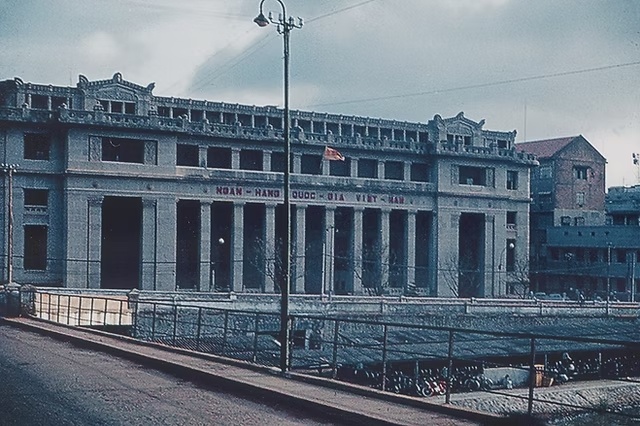 |
| A corner of the State Bank of Vietnam in the 20th century |
Although the National Bank was established in the South, in reality, all banking activities in the country were placed under the centralized and unified direction of the Central State Bank of Vietnam. The regulations and regimes on currency, credit and payment of the socialist bank in the North became the basis for application, and were flexibly adjusted to suit the actual operating situation of the National Bank system in the South at that time.
With direct support from the State Bank of Vietnam, the National Bank of Vietnam quickly established a banking system in all provinces, cities, districts and towns and established a number of transaction offices in some places with concentrated economies, forming a unified banking system throughout the South.
Accelerating reform and shaping a new banking system in the South after Liberation Day
On August 2, 1975, the Provisional Revolutionary Government Council of the Republic of South Vietnam issued Decree No. 20/ND, stipulating the basic principles of monetary, credit and banking activities. Based on these principles, the Governor of the State Bank of Vietnam issued the necessary regimes, regulations and professional measures to reorganize the banking operation and management system, serving the requirements of the tasks in the new revolutionary period.
Following the spirit of the Resolution of the 24th Central Conference (term III), the professional banking system of the old Saigon regime was comprehensively reformed. A series of new specialized banks were established, including: Agricultural Bank, Industrial Bank, Commercial Bank and Vietnam Commercial Credit Bank. This reform represented a strong transformation towards building a banking system serving production, circulation and people's lives.
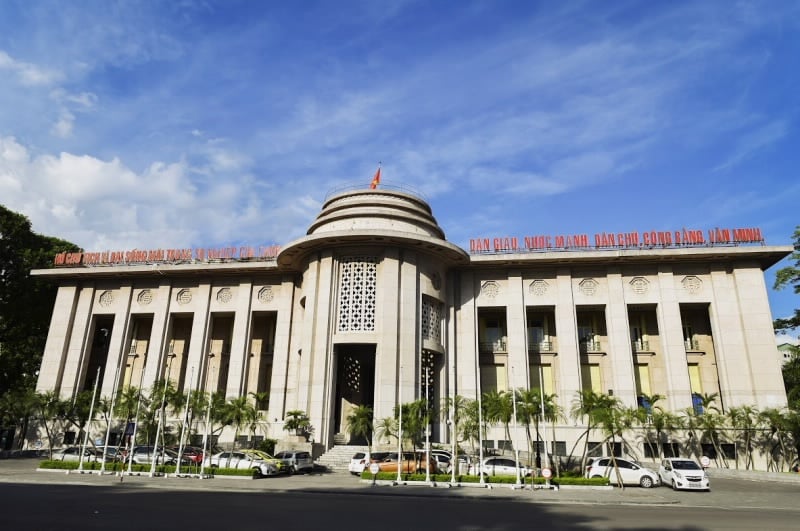 |
| With the right policies, the State Bank has contributed to a successful period of monetary unification after liberation. |
Regarding the tasks of the National Bank, the top priority is to work with the State Bank in Hanoi to prepare for the issuance of revolutionary currency and exchange money from the old regime in the South. At the same time, this bank focuses on implementing major tasks such as: Managing the State Treasury and cash management; managing capital sources and lending to serve economic recovery and development, stabilizing people's lives; promoting foreign affairs, protecting national assets abroad.
The National Bank paid great attention to capital mobilization and lending in the newly liberated areas. The Bank applied the method of “flexible credit” suitable to the current situation and conditions in the South to lend capital to production and business establishments to restore and develop production, regardless of economic sector. The Bank established credit relations with state-owned enterprises and some private enterprises, and expanded credit relations with individual farmers.
For industry and commerce, the bank focuses on helping to restore and develop production and trading of essential goods for daily life and export, restoring traditional handicrafts, focusing on construction material production, fish processing, fish sauce, and sugar.
For agriculture, the bank focuses on meeting capital needs for land reclamation, restoration, building new economic zones, and promoting intensive farming and increasing crop yields.
For the private capitalist economy, banks coordinate with relevant agencies to use economic levers such as taxes and prices to direct them into production and business that benefit the country and its people.
As of July 1976, the credit activities of the National Bank had achieved the following results: Total lending turnover was 1,336 million VND. Outstanding short-term loans accounted for 95.9% of total outstanding loans. Regarding the structure of outstanding loans by economic sector, agriculture accounted for 15.2%, industry and handicrafts accounted for 6.4%, commerce accounted for 78.3%. As for economic sectors, state-owned and public-private joint ventures accounted for 90.1%, individuals 7.9% and private individuals 2.0%.
Regarding foreign relations, the National Bank has applied many active measures to maintain normal relations, actively using new credit relations with foreign banks and international financial and monetary organizations. Thanks to that, it has recovered the assets, foreign currency and gold of the old regime, protected national assets, recovered imported goods scattered at ports abroad, determined the sovereignty of the revolutionary government over the assets, foreign currency and gold of the old regime deposited at foreign banks, at international monetary organizations (IMF, WB, ADB) and succeeded the membership role of the old government in these organizations.
Banking system consolidation after national reunification
In July 1976, Vietnam was officially unified in terms of state, the Socialist Republic of Vietnam was born. The country's administrative apparatus was organized and unified under the direction of the Council of Ministers (now the Government). Important sectors and fields were merged, including the banking sector.
Accordingly, the National Bank in the South was merged into the State Bank of Vietnam, forming a unified banking system throughout the territory. The organizational structure includes: the Central State Bank located in the capital Hanoi; central State Bank branches in provinces and cities; and grassroots branches in districts and towns nationwide.
In Ho Chi Minh City, the Representative Office of the General Director of the State Bank was established, directly managed by a Deputy General Director, to promptly handle professional issues of the Southern branch system.
Mr. Tran Duong, former Governor of the State Bank of Vietnam, was appointed General Director of the unified State Bank of Vietnam to replace Mr. Hoang Anh.
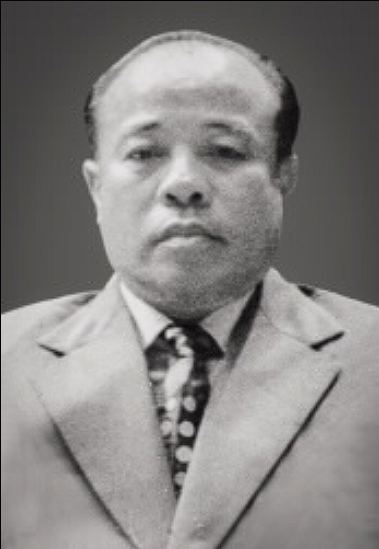 |
| Mr. Tran Duong, former General Director of the State Bank of Vietnam from April 1977 to February 1981 |
After the merger of the banking systems in the two regions, the first National Conference of State Bank Directors was held in Hanoi. The conference discussed and agreed on many major policies and strategic directions for banking activities in the new period. From here, the principles of centralized and unified management across the entire system from the fields of currency, credit, banking to issuance, import and export of money were all implemented synchronously, seriously and consistently.
The unified State Bank system is organized according to the socialist model, fully assuming the functions of a central bank and a State commercial bank.
Looking back at the early period after unification, it can be seen that the close coordination between the State Bank of Vietnam and the National Bank of the revolutionary government in the South soon formed the spirit of "two in one". The State Bank of Vietnam, with its responsibility and role, actively and proactively helped the young revolutionary banking system in the South with resources, from supporting and training staff, building organizational models, researching and developing policies, to experiences in various aspects of banking operations... This support created an important foundation, decisive for the success of the process of unifying banking currency in the South after unification.
Source: https://thoibaonganhang.vn/nganh-ngan-hang-va-hanh-trinh-thong-nhat-he-thong-sau-giai-phong-163660.html


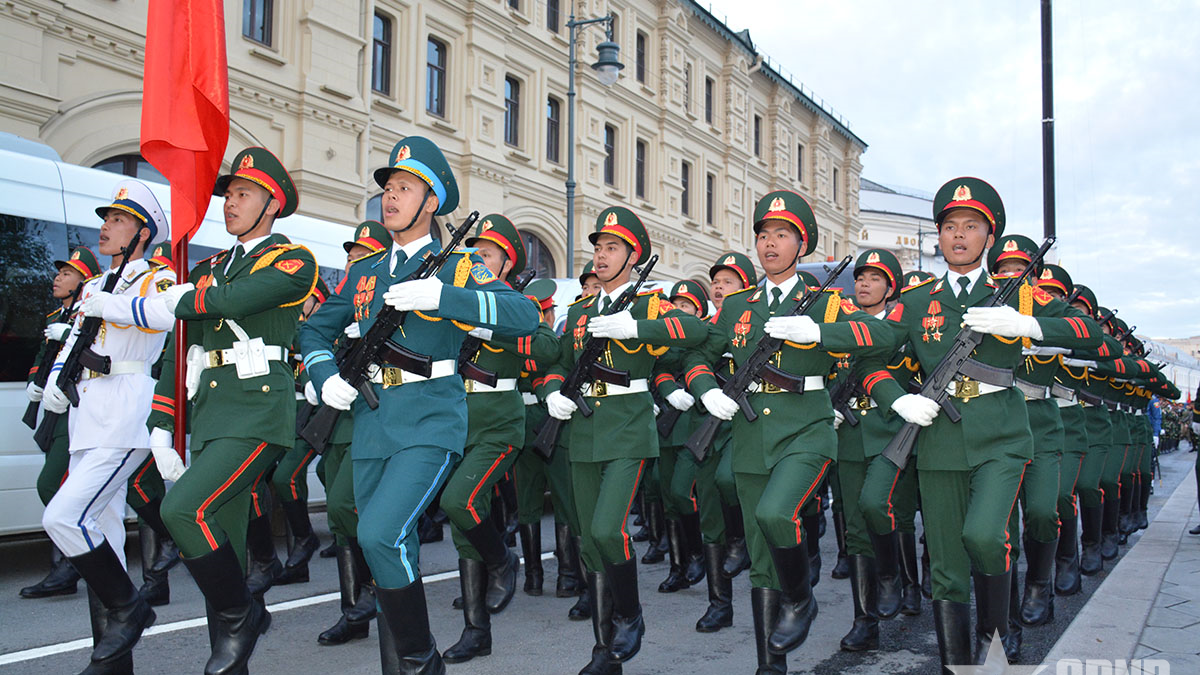
![[Photo] Bus station begins to get crowded welcoming people returning to the capital after 5 days of holiday](https://vphoto.vietnam.vn/thumb/1200x675/vietnam/resource/IMAGE/2025/5/4/c3b37b336a0a450a983a0b09188c2fe6)
![[Photo] General Secretary To Lam receives Sri Lankan President Anura Kumara Dissanayaka](https://vphoto.vietnam.vn/thumb/1200x675/vietnam/resource/IMAGE/2025/5/4/75feee4ea0c14825819a8b7ad25518d8)
![[Photo] Vietnam shines at Paris International Fair 2025 with cultural and culinary colors](https://vphoto.vietnam.vn/thumb/1200x675/vietnam/resource/IMAGE/2025/5/4/74b16c2a197a42eb97597414009d4eb8)


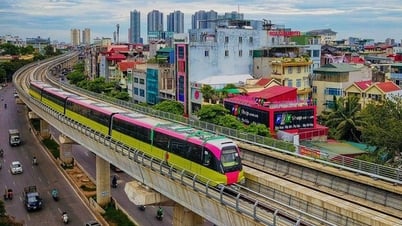
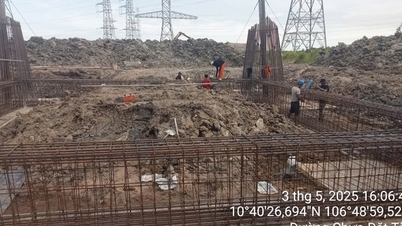

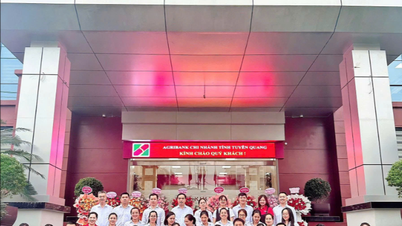




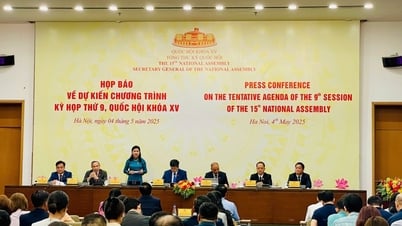
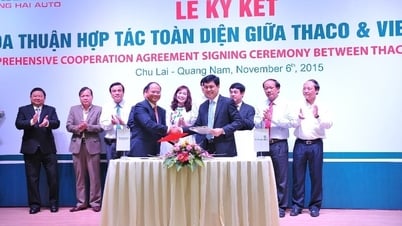

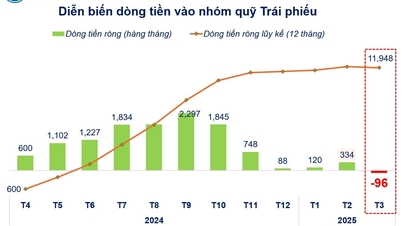
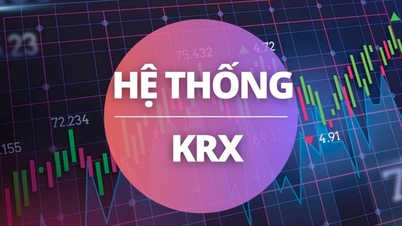
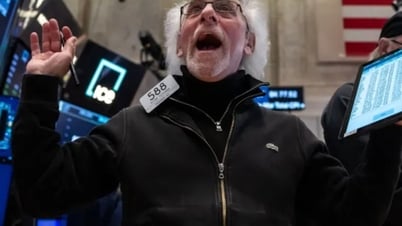









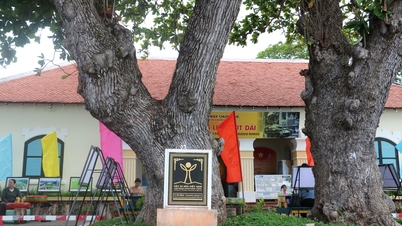

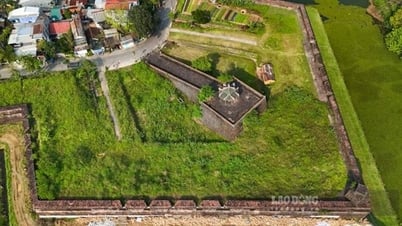




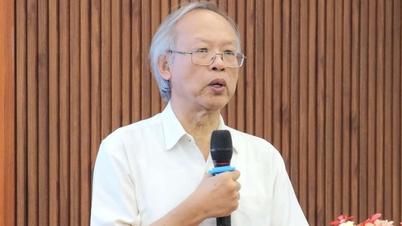

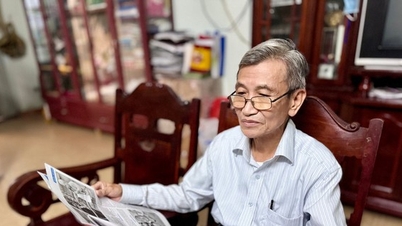
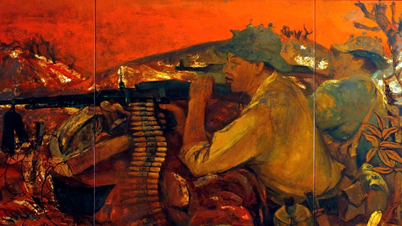













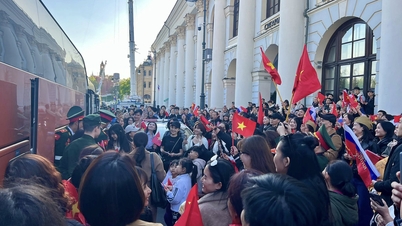


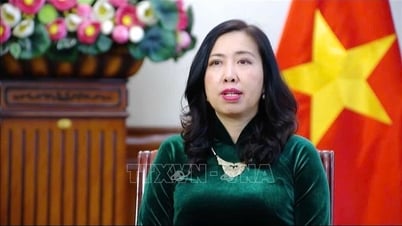




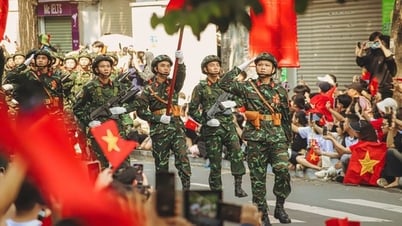



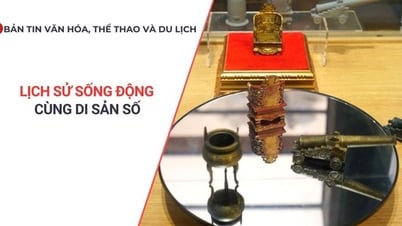










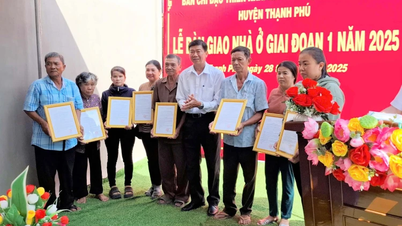






![[Video]. Building OCOP products based on local strengths](https://vphoto.vietnam.vn/thumb/402x226/vietnam/resource/IMAGE/2025/5/3/61677e8b3a364110b271e7b15ed91b3f)




Comment (0)